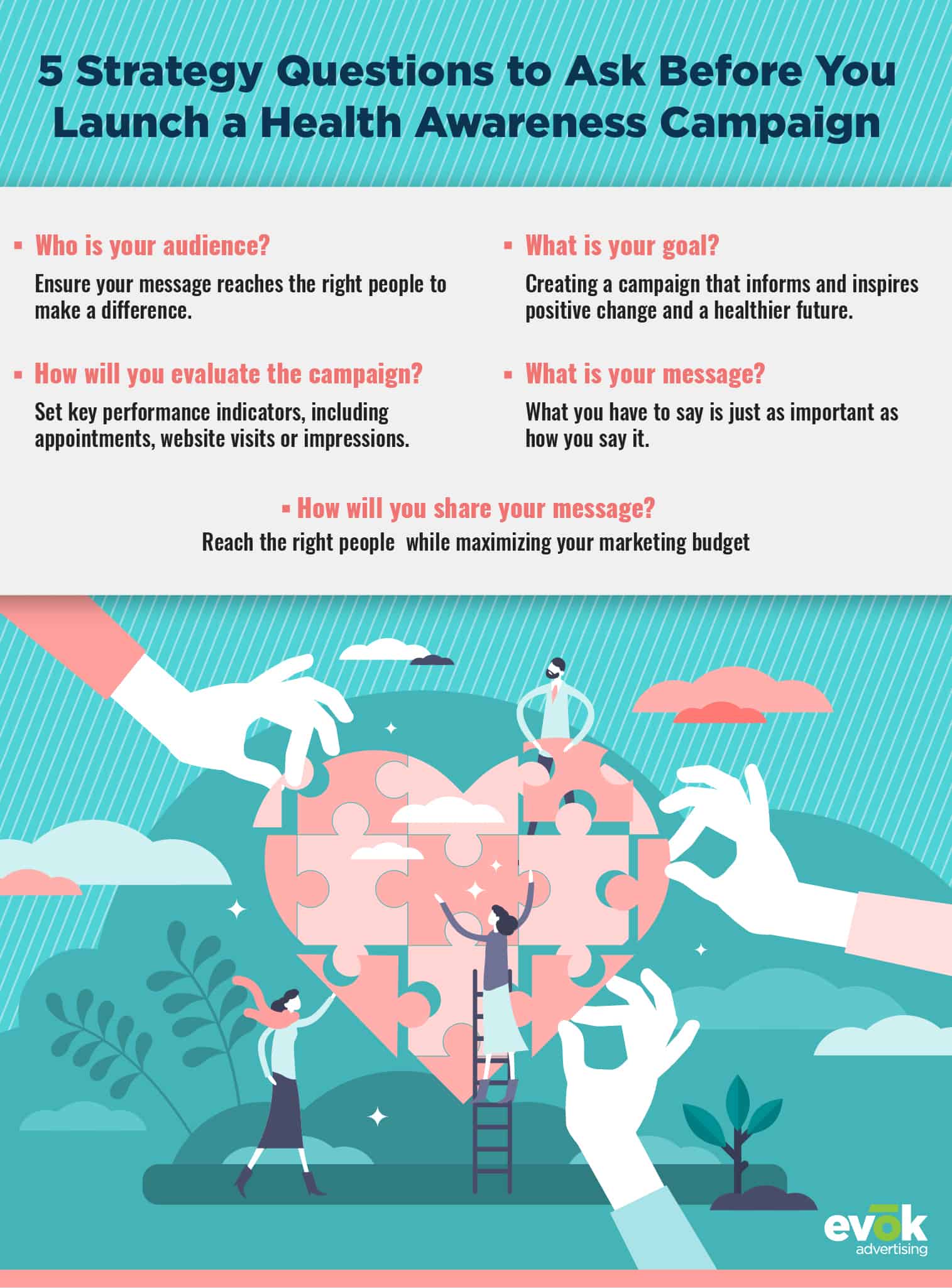Understanding the Landscape

From traditional television and radio advertisements to digital platforms like social media, websites, and mobile apps, media campaigns have become increasingly diverse in their reach and engagement strategies.
Effective health awareness campaigns leverage the following key components:
- Clear and Compelling Messaging: Simple, concise, and easily understood messages focused on specific health issues resonate better with the target audience.
- Targeted Audience Identification: Understanding demographics, health risks, cultural nuances, and existing knowledge levels allows for tailored messaging and channel selection.
- Emotional Engagement: Connecting with audiences on an emotional level fosters empathy and motivates action. Campaigns often utilize storytelling, visuals, and personal testimonials to create a lasting impact.
- Call to Action: Clear and actionable steps, like seeking medical advice, adopting healthy habits, or participating in screenings, guide individuals towards positive change.
- Multi-Channel Approach: Reaching audiences through a combination of media channels ensures maximum exposure and diverse engagement opportunities.
Case Studies Unveiling Success
"Friends Don’t Let Friends Drive Drunk": This iconic campaign, launched in the 1980s, effectively tackled the issue of drunk driving through a series of impactful TV commercials featuring young people confronting drunk drivers. The straightforward message, emotional appeal, and call to action led to a significant decrease in alcohol-related road accidents.
"The Truth About Smoking": This campaign, targeting teenagers directly, utilized graphic imagery and teen-generated content to expose the harmful effects of smoking. The campaign successfully discouraged smoking initiation among young people and raised awareness about the dangers of tobacco use.
"Wear a Seat Belt": This campaign focused on the importance of wearing seat belts and effectively used public service announcements (PSAs) and educational programs to promote seat belt usage. The consistent messaging and widespread coverage resulted in a substantial reduction in traffic fatalities.
The Digital Revolution: Harnessing the Power of Online Platforms
The rise of digital media presents unprecedented opportunities for health awareness campaigns.
- Social Media Engagement: Platforms like Facebook, Twitter, and Instagram allow for interactive campaigns, real-time conversations, and the sharing of valuable health information. Hashtags, user-generated content, and influencer collaborations amplify reach and foster community building.
- Targeted Advertising: Digital advertising platforms utilize data analytics to target specific demographics and interests, ensuring that health messages reach individuals most likely to benefit.
- Mobile Health Applications: Health apps offer personalized support, tracking tools, and on-demand access to information, empowering individuals to manage their health proactively.
- Online Communities: Platforms dedicated to specific health conditions provide a space for individuals to connect, share experiences, and access resources, fostering a sense of belonging and hope.
Addressing Challenges & Ensuring Ethical Practices
While media campaigns offer immense potential, it’s crucial to address inherent challenges and ensure ethical practices:
Avoiding Informational Overload: Carefully curated content, concise messaging, and strategic delivery methods prevent digital fatigue and maximize impact.
Mitigating Misinformation: Reliable sources, fact-checking, and health literacy initiatives combat the spread of inaccurate health claims online.
Addressing Privacy Concerns: Transparency regarding data collection practices, secure data handling, and respectful user privacy are paramount.
Promoting Equity and Inclusivity: Diverse representation, culturally sensitive messaging, and language accessibility ensure that campaigns resonate with all members of society.
FAQ
Q: What is the ROI of health awareness campaigns?
A: Measuring the direct return on investment (ROI) of health awareness campaigns can be challenging due to complex factors influencing behavior change. However, campaigns have been shown to increase awareness, influence knowledge, shape attitudes, and contribute to long-term improvements in health outcomes, resulting in tangible societal benefits.
Q: How can individuals contribute to successful health awareness campaigns?
A: Individuals can contribute by:
- Sharing campaign materials with friends and family.
- Engaging with campaigns on social media.
- Supporting organizations involved in health promotion.
- Adopting healthy behaviors promoted by campaigns.
Q: What are the ethical considerations for running health campaigns?
A: Ethical considerations include:
- Ensuring accurate and reliable information.
- Avoiding exploitation or manipulation of vulnerable audiences.
- Respecting privacy and confidentiality.
- Promoting equity and accessibility for all individuals.
Conclusion
Media campaigns stand as powerful allies in the fight for improved health. By leveraging the reach of diverse media platforms, connecting with individuals emotionally, and empowering them to take charge of their well-being, these campaigns can drive positive behavior change, mitigate health risks, and ultimately contribute to a healthier society for all. As technology advances and media consumption evolves, the future of health awareness campaigns promises even greater innovation and impact, reaching wider audiences and fostering a collaborative global approach to wellness.
Closure
Thus, we hope this article has provided valuable insights into Media campaigns for health awareness. We hope you find this article informative and beneficial. See you in our next article!